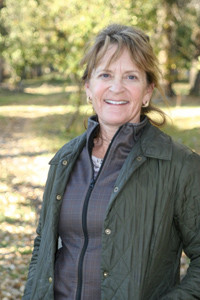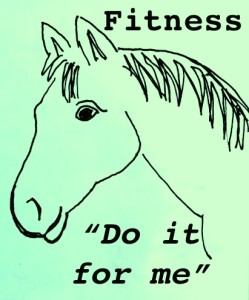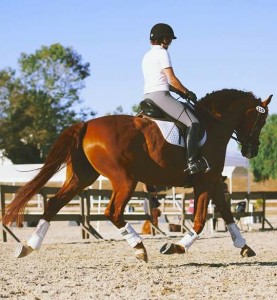About this Fitness segment:
Russ & Marsha Jones, accomplished riders from Wolverine, Michigan
Read additional features from:
Beth Austin, renowned physical therapist, on aspects of core fitness
Christina Savitsky, of Buckaroo Balance and coach Jec Ballou, on core fitness
Four core fitness exercises for riders, by personal trainer, David Stickler
Editor’s Note: Ellen Eckstein, a dressage coach with Grand Prix experience, began a decades-long association with  Tom Dorrance back in the 1970’s. She has taught for 35 years and is the co-author of the book “Bringing it Together” detailing the basics of her system that combines her classical dressage training with horsemanship principles.
Tom Dorrance back in the 1970’s. She has taught for 35 years and is the co-author of the book “Bringing it Together” detailing the basics of her system that combines her classical dressage training with horsemanship principles.
She runs Ellen Eckstein dressage in Templeton, California. BestHorsePractices reached her at her California home.
Ellen Eckstein, 5’5″, 120 pounds
Every morning, I stretch and do a few yoga exercises: toe touches, squats, etc., to keep the back loose. Staying flexible is really important. Those of us working with multiple horses, riding four to six dressage horses each day, you get a lot of fitness training right there.
A lot of riders cross train. It’s crucial that riders have enough strength to control their bodies so they can be out of the horses’ way all the time.
I do see clients who aren’t necessarily too heavy, but they are not strong enough to do that. They aren’t fit enough for their weight.
It’s really important that the rider have strength of position and of posture.
Our whole body effects the whole horse.
We can’t get out of their way if we don’t have the strength of position, to maintain a neutral position – one where rider is centered, with even weight in both stirrups and even weight in both seat bones.
One of the major things I learned from Tom Dorrance was to set things up so that the horse meets his own pressure through the rider, through its feet and hindquarters rather than the rider losing his or her balance. It yields to its own pressure
Rider’s torso is responsible for having the horse keep its balance, its collection. That’s an important reason to have a strong core, whether through weights, yoga, etc.
Whatever work you do to maintain your fitness and balance should be relevant across all disciplines of riding.
I felt like when Tom rode, he had his horses uphill, collected. He rode very erect and you
could see that reflected in the horse.
Some additional thoughts:
When riders work on a longe line, they, of course, have no reins. In this way, they learn how to use their core.
One more very important reason for the importance of rider fitness and core strength is that it allows the horse to make mistakes while he figures things out without being inadvertently punished by the rider losing his or her balance and then using the horse’s mouth to stabilize themselves. I do see that fairly often.


